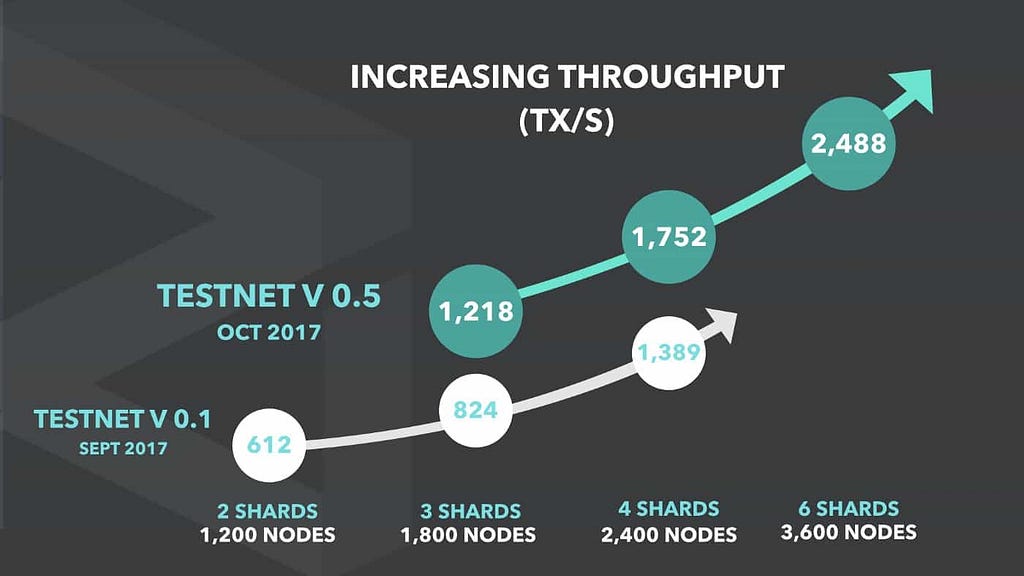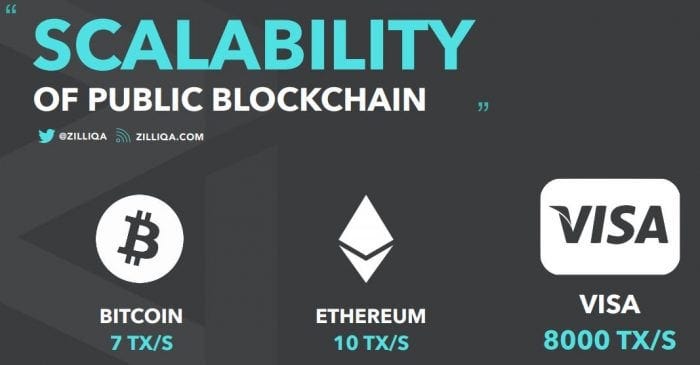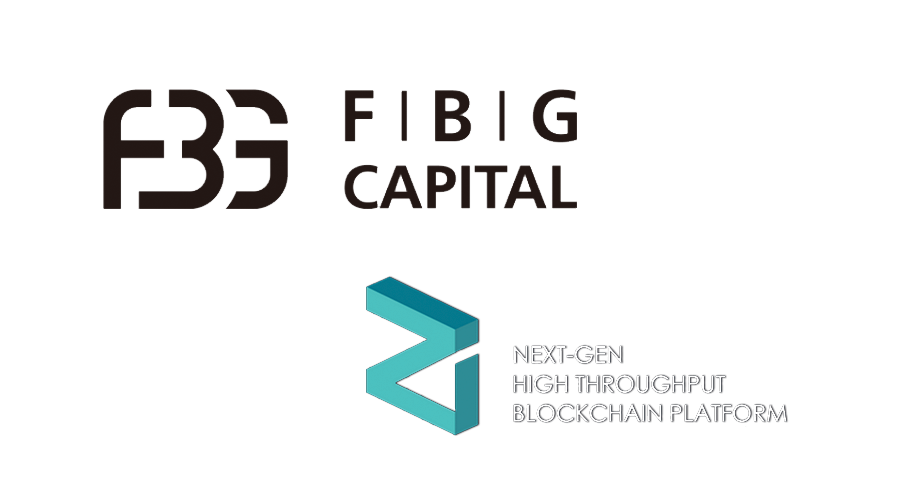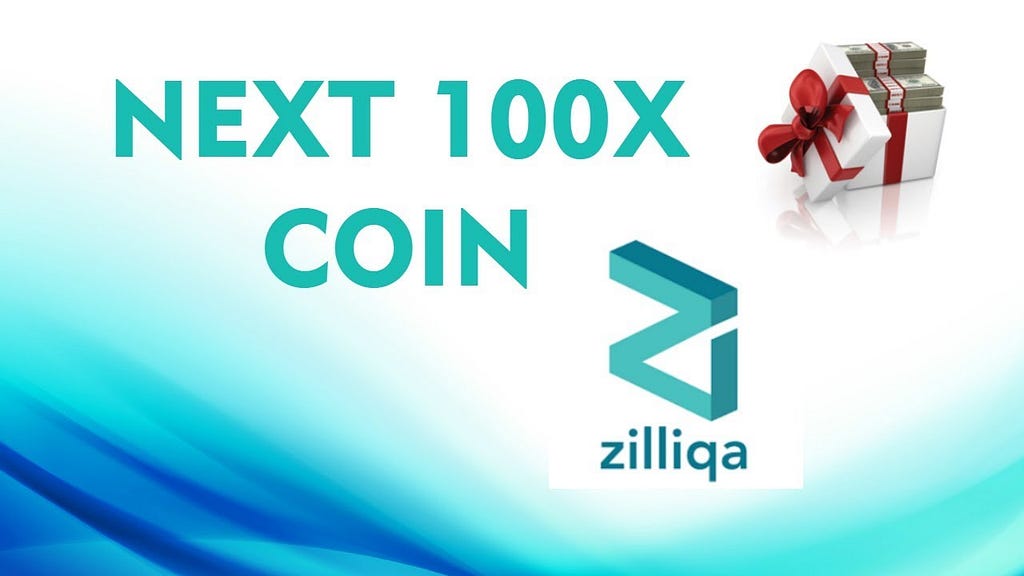Latest news about Bitcoin and all cryptocurrencies. Your daily crypto news habit.
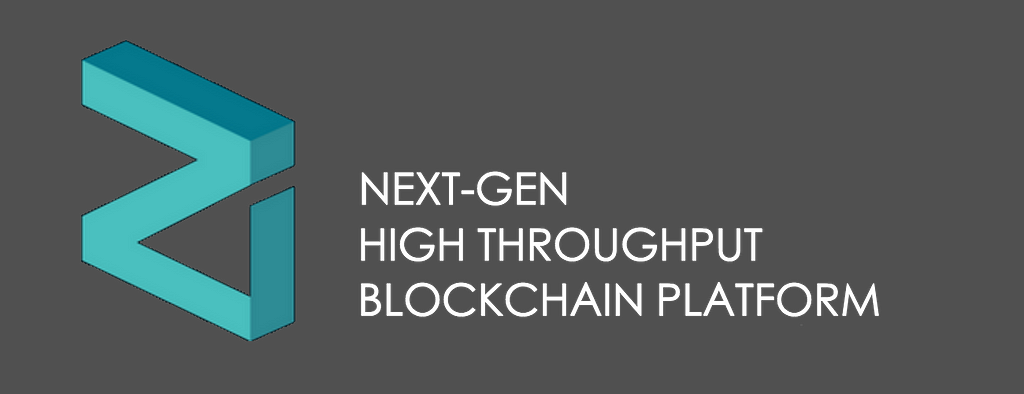
Today, one of the biggest problems plaguing the blockchain industry from moving forward is its inability to scale. This is no secret, so there has been some notable scalability projects like: the Lighting Network, Plasma, Side-chains, Mimblewimble, etc, but the most interesting one to me is the concept of sharding. Ever since Vitalik introduced a sharding proof of concept for Ethereum there has been a tremendous amount of chatter about this technology. One particular project that takes a novel approach to sharding is Zilliqa. This project goes beyond splitting the entire state of the network into a bunch of partitions called shards. Zilliqa can actually separate the state and the transaction history of the blockchain. Meaning, every single node in their network will have a copy of the current state but the transaction history will be split into pieces across different nodes. I feel that with their aggressive road map, impressive team, funding, go to market strategy, and innovative approach to sharding this may be a top ten coin in 12 months.
Basics:
- The Zilliqa project originated from the Singapore University in 2016
- Zilliqa is a next generation throughput blockchain platform that is scalability-focused, a blockchain-based payment processing and decentralized application (dapp) platform
- Unlike many blockchain projects, Zilliqa has already implemented sharding and will be releasing their mainnet in January of 2019
- Ticker: ZILPrice: $.04Ranking by Market Cap: 30Market Capitalization: $306,540,431Circulating Supply: 7,569,302,268 ZIL Max Supply: 12,600,000,000 ZILAverage 24hr Trading Volume: $16,248,610
Team:
- The Zilliqa team is lead by Xinshu Dong who has a PhD from the National University of Singapore. Xinshu is a scientist and has vast experience building secure systems, ranging from blockchains to web browsers and applications. More recently, he led the research and development of Anquan’s proprietary scalable and secure blockchain, which was deployed for financial and ecommerce applications.
- The head of technology for the team is Yaoqi Jia who also has a PhD from National University of Singapore. His prior experience focuses on building secure and privacy-preserving web and distributed systems with cryptographic mechanisms. His prior research work has been published in top international conferences, such as CCS, USENIX Security, PETS, RAID, ESORICS and has also received the Best Paper Award in W2SP (2014). His work was acknowledged by Google and Apple (CVE-2014–7948 for Chrome and CVE-2015–5907 for Safari).
- The Zilliqa team has an additional 16 blockchain developers and engineers
- Rounding out the Zilliqa team are 7 business developers and strategists
Drivers of Growth:
- In their most recent experiment on the testnet, Zilliqa achieved 2500 TPS with 3600 nodes on the network.
- The more nodes that join the network, the faster the network runs. This is a unique approach in that most blockchains decrease in speed as the number of nodes increase. Zilliqa gets faster.
- Like Ethereum, Zilliqa supports smart contracts, but it does so using a new scripting language built specifically for sharding, with the ability to run programs in parallel to make use of the full computational power of the network.
- Although sharding as a concept has existed in the database field for some time, Zilliqa is the first blockchain platform to actually implement it. There are three different ways that Zilliqa performs sharding: Network Sharding, Atomic Transaction Sharding, and Computational Sharding.
- Network sharding refers to the process by which the network is broken up into subnetworks. This means that subsets of transactions can be processed in parallel, which results in much faster throughput of transactions than singular blockchain networks.
- Zilliqa uses PoW only to prevent Sybil attacks (a type of network attack based on the attacker forging their identity) and to carry out sharding.
- A transaction in Zilliqa looks like this: a user initiates a transaction, which is then sent to a shard. The shard validates the transaction, grouping it with other transactions to form a “microblock” of transactions, and a consensus is reached by the shard on the validity of the microblock. This microblock is sent to the DS committee, which combines the microblocks into what is called the “final block” and runs a final consensus on this block before adding it to the blockchain.
- Zilliqa also uses what is called an atomic transaction sharding protocol, which means it allows transactions to be confirmed by the network in a final operation as if there were no sharding. This is done through Zilliqa’s “account-based design” in which transactions are sharded based on the accounts sending the transaction.
- The final way that Zilliqa uses a sharding is through a computational framework that allows resource intensive dapps to be run on the network more efficiently. The Zilliqa network is able to run more than one instruction at once, in contrast to other dapp and smart contract platforms such as Ethereum that allow only one instruction to be processed at a time.
- Recently, Zilliqa has partnered with Bluzelle. Bluzelle promises a decentralized database solution, which would solve the memory problem that Zilliqa must overcome when implementing smart contracts with sharding.
- High profile funds invested in Zilliqa:
1kx — HyperChain Capital — 8 Decimal Capital — Danhua Capital (DHVC) — One Block Capital — NEO Global Capital — Signum Capital — Node Capital — Kenetic Capital — FBG Capital — Polychain Capital — Metachain Capital
Headwinds:
- Zilliqa implements transaction but not state sharding. State sharding is more complex and is still being researched. There are a lot of problems that need to be worked out and no one has yet implemented a working state sharding for blockchain yet.
- Zilliqa does not store state information on their blockchain itself. The storage of state information is needed for the implementation of smart contracts on a platform, but has partnered with Bluzelle as a solution to this problem.
- The team is very much cultivated from the hardcore programming/math/computer science crowd, so there’s not much marketing. This means you won’t see hype or pump news being perpetuated by the team. They are focused on letting the technology deliver itself.
Conclusion:
The core features allowing Zilliqa to scale beyond what is possible with existing similar platforms, such as Ethereum, is Zilliqa’s transaction speeds which will theoretically increase as the number of network nodes increases. The network should ultimately be able to match the transaction processing speeds of VISA and MasterCard, according to the Zilliqa development team, but with lower fees and without relying on a centralized network. With Zilliqa’s support network of partnerships, high profile funders, cutting edge technology, and leadership this coin could easily be in the top 10 once the mainnet is launched.
For more insights be sure to check out my website:
Zilliqa the Holy Grail of Scalability? was originally published in Hacker Noon on Medium, where people are continuing the conversation by highlighting and responding to this story.
Disclaimer
The views and opinions expressed in this article are solely those of the authors and do not reflect the views of Bitcoin Insider. Every investment and trading move involves risk - this is especially true for cryptocurrencies given their volatility. We strongly advise our readers to conduct their own research when making a decision.
